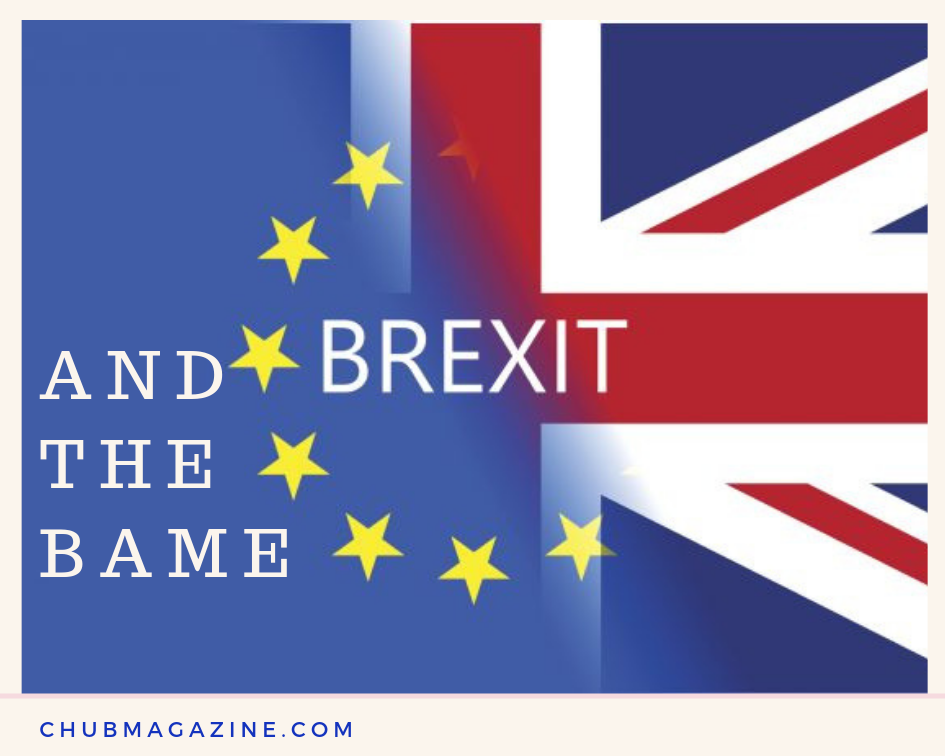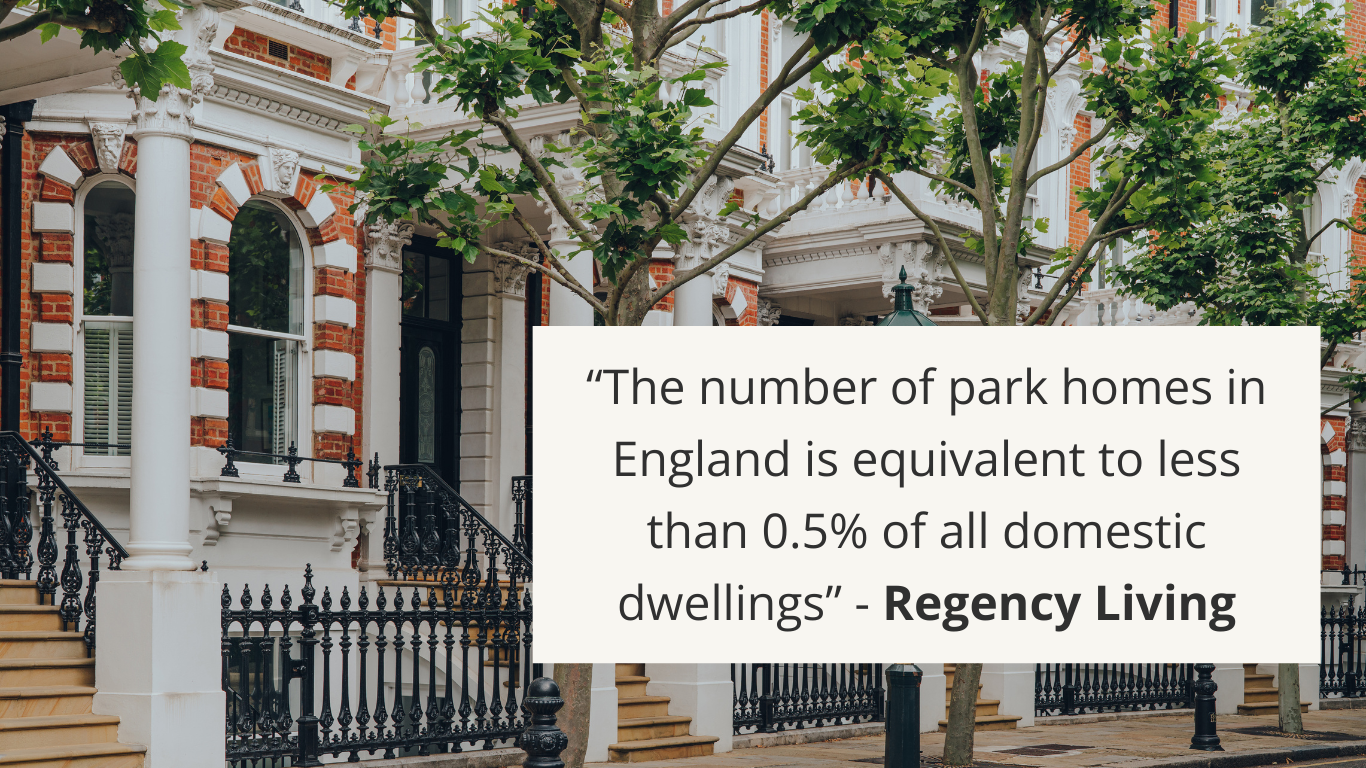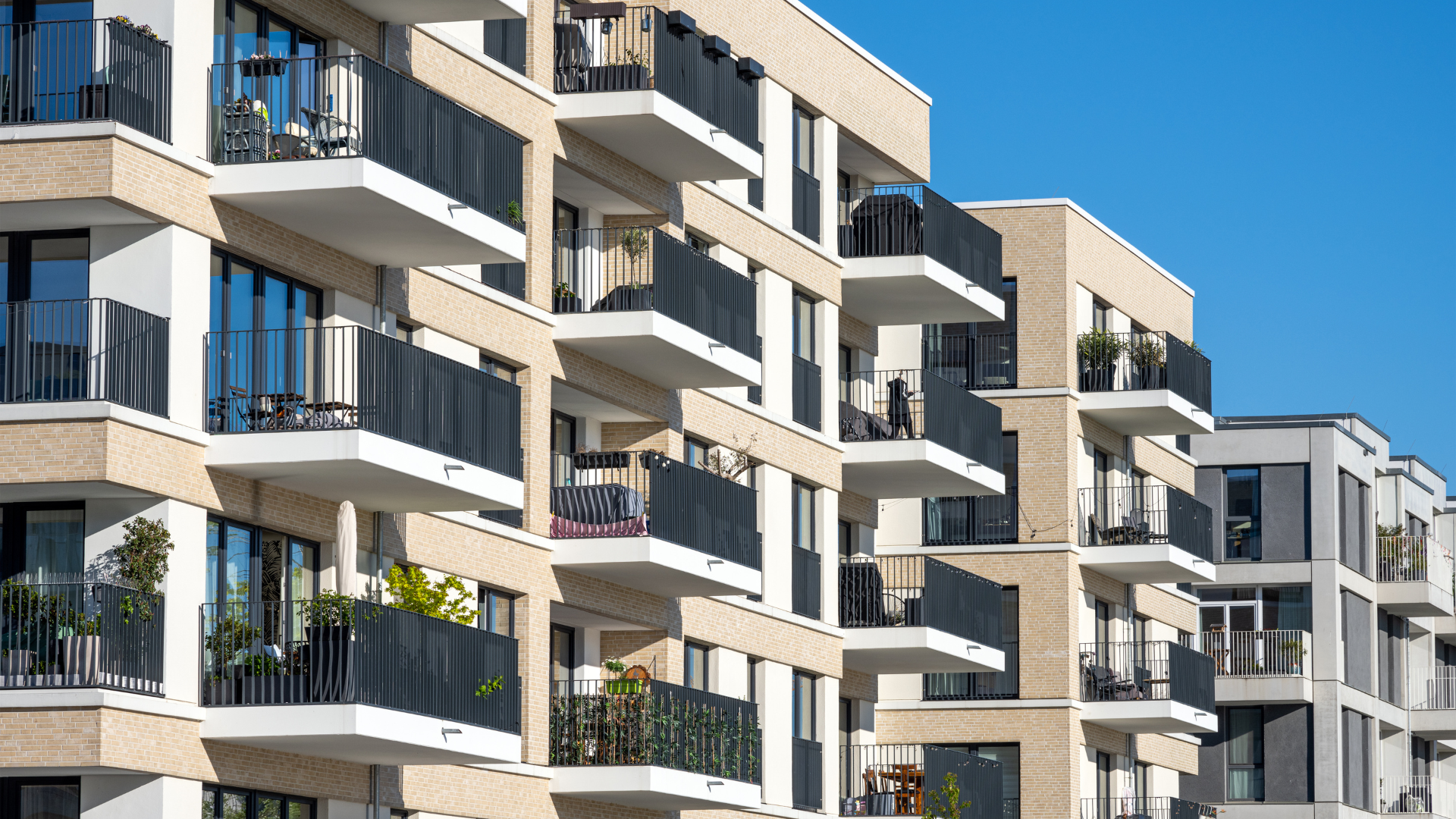
By: Joanne Starkie.

Ranked four and seven respectively on the world’s top 20 universities league table, Oxford and Cambridge both have a longstanding global reputation of prestige and privilege. Known collectively as ‘Oxbridge’, these two elitist institutions have educated 41 out of 55 British Prime Ministers and according to a report by the Sutton Trust, they produce the majority of the so-called ‘professional class’, including the vast proportion of lawyers, judges, civil servants and journalists.
The Oxbridge powerhouses may have their positions firmly rooted as two of the top ten universities worldwide, but when it comes to their reputation for welcoming international students, they fall significantly lower in the rankings, with Oxford listed at number 50 and Cambridge falling even further behind at number 58 in the world. A shift in regulations post-Brexit, which would result in European students being subjected to the same visa regulations that are currently in place for non-EU students, is undoubtedly something that is going to have a further negative impact on Oxbridge’s reputation regarding international students.
Oxbridge has also come under fire in recent years for its continuing failure to promote an inclusive and culturally diverse environment due to its worryingly low acceptance rates for BAME (Black, Asian and Minority Ethnic) students. What is the current situation for BAME students who apply for a coveted place at Oxbridge and will Brexit deepen the divide even further?
Current Oxbridge acceptance rates for BAME students
Despite Cambridge pledging its commitment to increasing diversity on its campuses and Oxford boasting an increase from 13.6 per cent to 18.3 per cent of BAME students between 2014 and 2018, critics are deeply concerned that these institutions will never succeed in having a student population that is representative of the diverse framework of modern Britain.
Speaking on May 2018, former education minister under the last Labour government David Lammy stated that, “you are twice as likely to get into Oxford as a white applicant than a black applicant.” In 2018, only 65 students of black African or Caribbean heritage took up places at Oxford, representing what Lammy described as, “social apartheid” that is “utterly unrepresentative of modern Britain.” After being pressed by Lammy to release further information, it was revealed that just 1.5 per cent of all offers made to UK A-Level students by both Oxford and Cambridge combined were to Black British applicants.
Places at Oxbridge are incredibly competitive, with Oxford, for example, receiving on average six applications for each available place. There is a range of underlying socio-economic factors at work that put BAME applicants at a disadvantage. According to a study by the UN, they tend to come from more underprivileged backgrounds than white applicants and generally speaking, have neither the wealth nor private education of their white counterparts that would give them an advantage when applying for a place at Oxbridge.
Student Diversity Post-Brexit
According to the Higher Education Statistical Agency (HESA), the UK has always tended to attract more international students than other European countries, due in large part to the increasing demand for English language education. Information published by the HESA indicates that EU students make up 80,000 of the 1.6 million students who graduate from UK institutions each year. Post-Brexit, however, it is predicted that the UK will lose 57% of its current EU student population because students from EU countries will then be required to apply for a Tier 4 Student Visa and pay significantly higher tuition fees than they are currently required to pay. The effect of this is already being felt with regard to applicant rates for EU students, with a report from the Financial Times stating that Cambridge has already seen a 14% decline amongst European applications.
The impact of Brexit on the UK student population will undoubtedly act to further increase the already inherent lack of diversity at Oxbridge, with both white and BAME European applicants being dissuaded from applying to either institution due to the imposition of stringent new visa regulations and a sharp increase in costs.
In order for Oxford and Cambridge to be more representative of a modern multi-cultural Britain, these outdated establishments must strive to be more inclusive and offer more opportunities and incentives for BAME applicants, many of whom do not enjoy the same social and economic advantages as white applicants. With Brexit looking set to further cement social, economic, educational and cultural divides, as well as causing a sharp decrease in international students studying in the UK, it is more important than ever that influential and world-famous institutions such as Oxford and Cambridge lead by example to break down barriers and promote equal opportunities for all sections of society regardless of race, background, identity or social group.
Joanne Starkie writes for the Immigration Advice Service; an organisation of immigration solicitors which provides legal support for students from overseas looking to study in the UK.











Comment